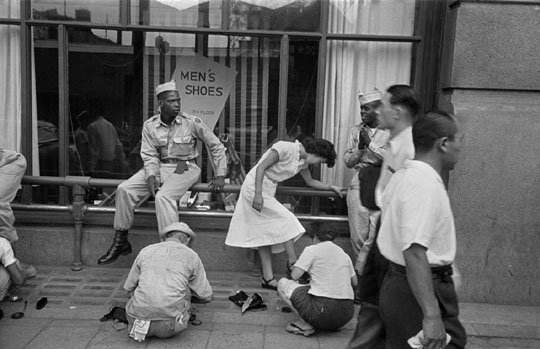Although top photographers now enjoy high status and good money, they were once regarded as little better than any other button pushers — elevator girls, say — and were expected to run around, snapping whatever commissioning editors told them to.
This all changed when Robert Capa, Henri Cartier-Bresson, George Rodger and David Seymour set up the Magnum Photos cooperative in 1947. Magnum created the idea of the indispensable lensman, and greatly increased the creative freedom and fees that the best in the business could command.
A key figure in Magnum's early days was the Swiss photographer Werner Bischof, whose photographs of postwar Japan can now be seen at the National Showa Memorial Museum. Along with the Austrian Ernst Haas, Bischof was the first new Magnum member after the four founders, joining in 1949. But being invited to join Magnum was about more than just photographic ability, according to museum curator Kazuhiro Watanabe.


















With your current subscription plan you can comment on stories. However, before writing your first comment, please create a display name in the Profile section of your subscriber account page.